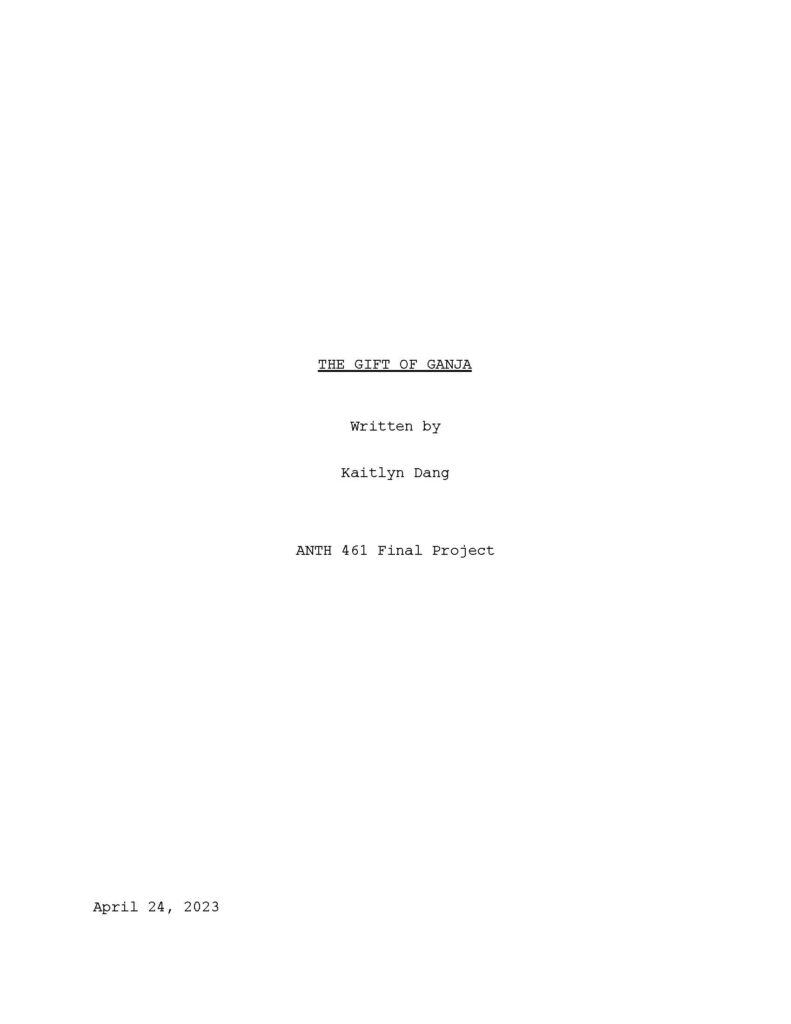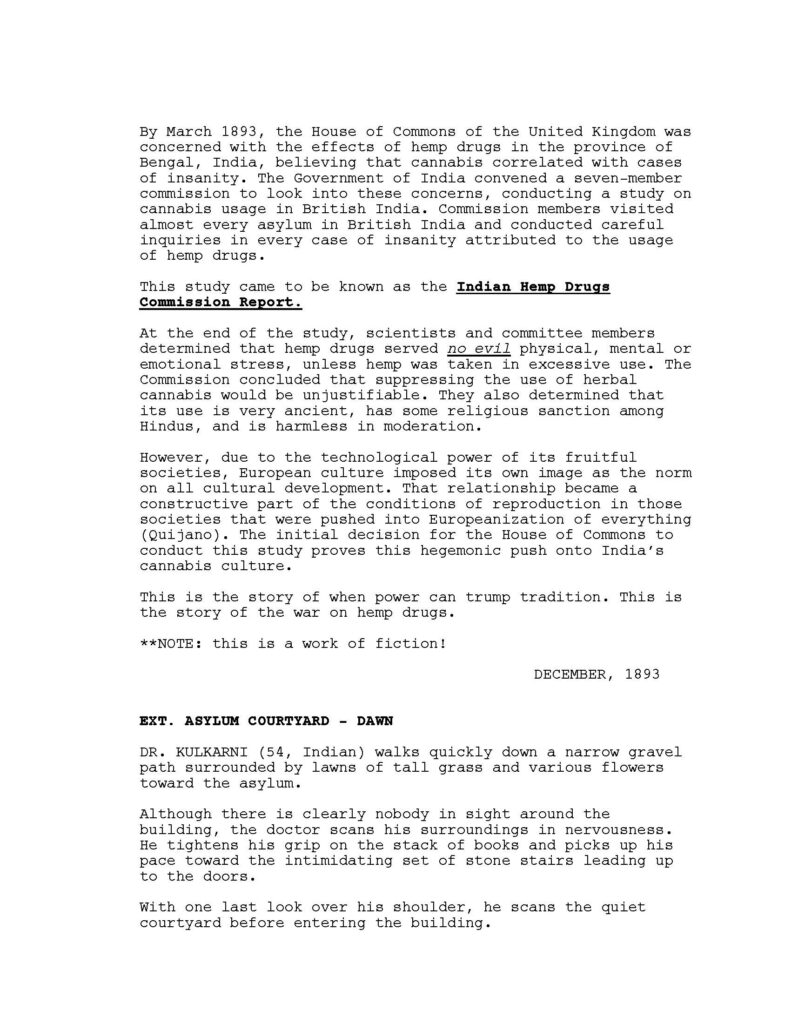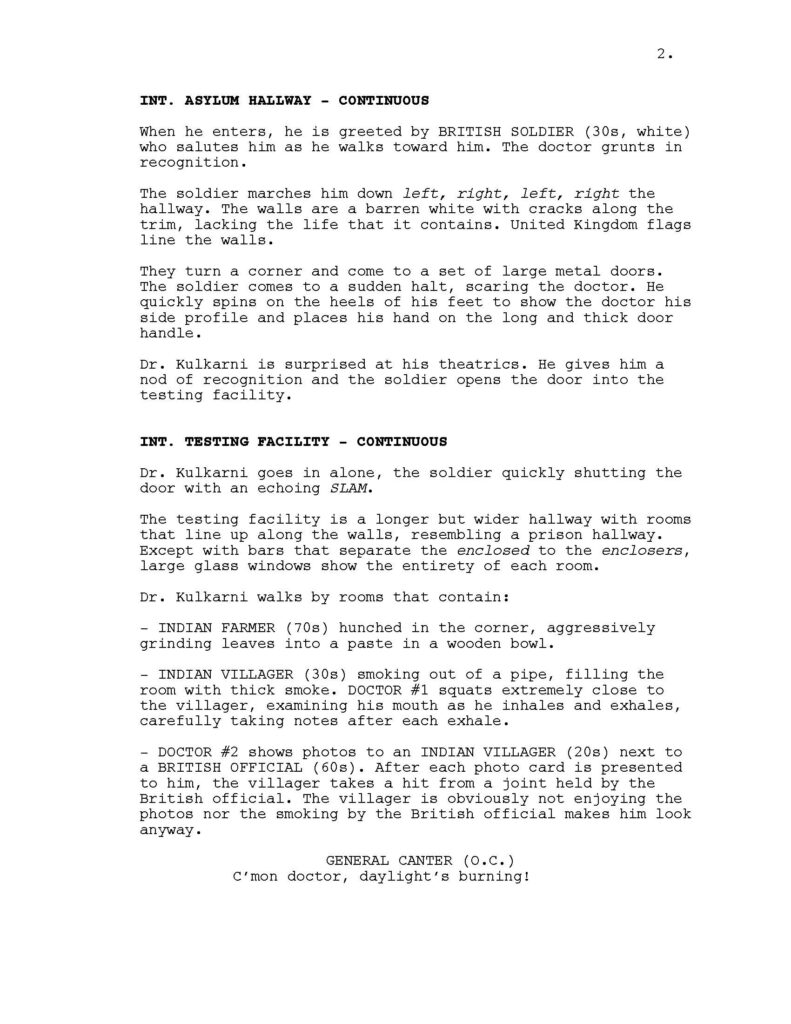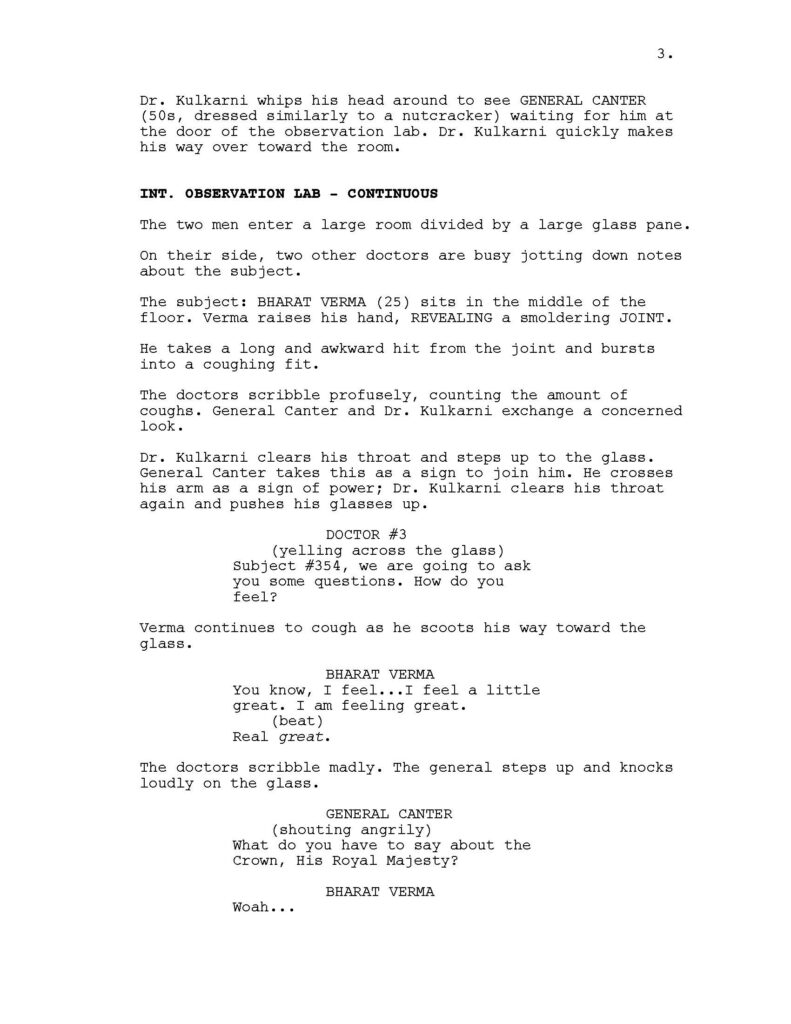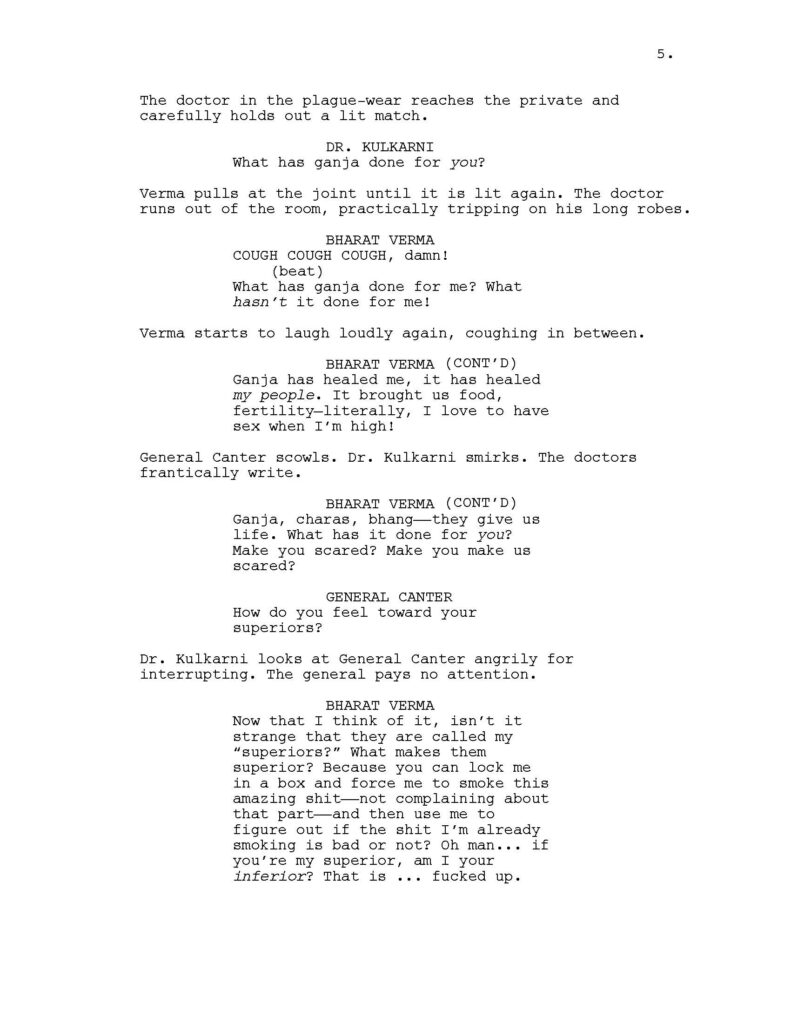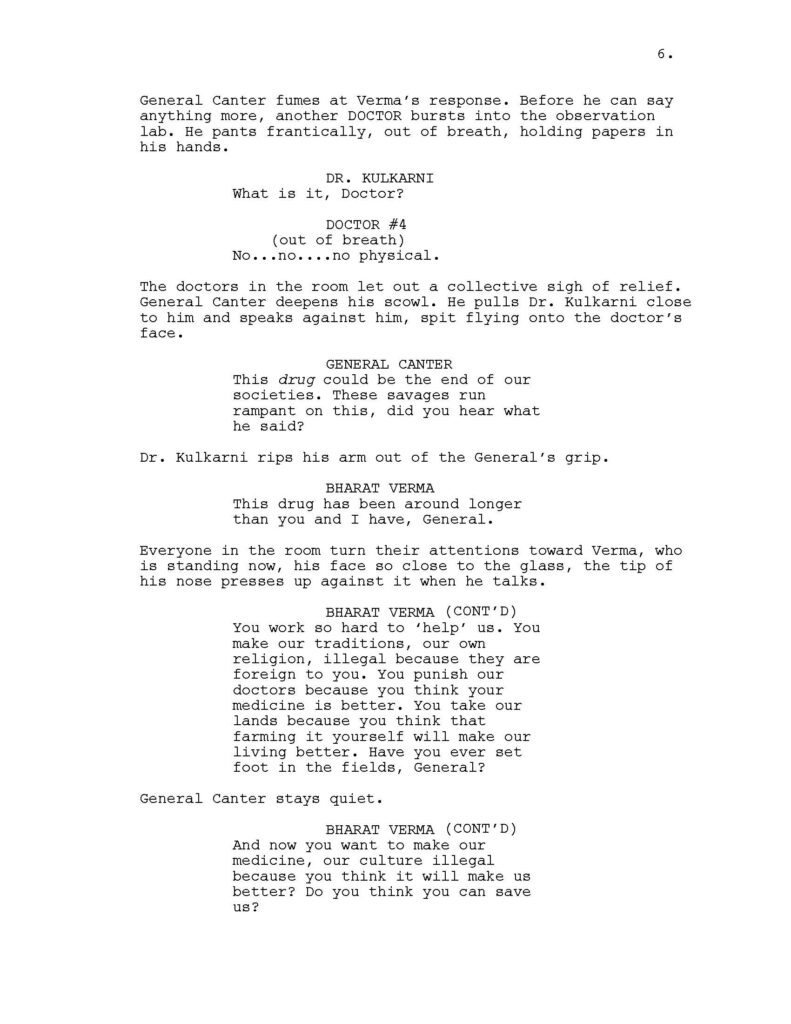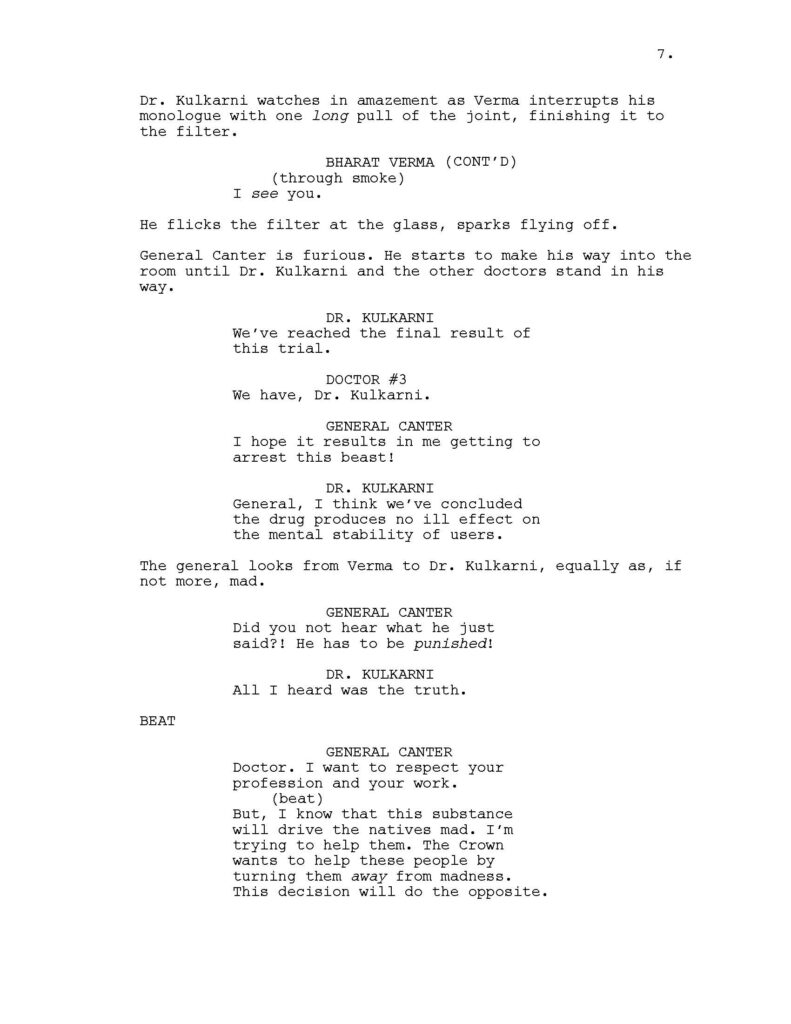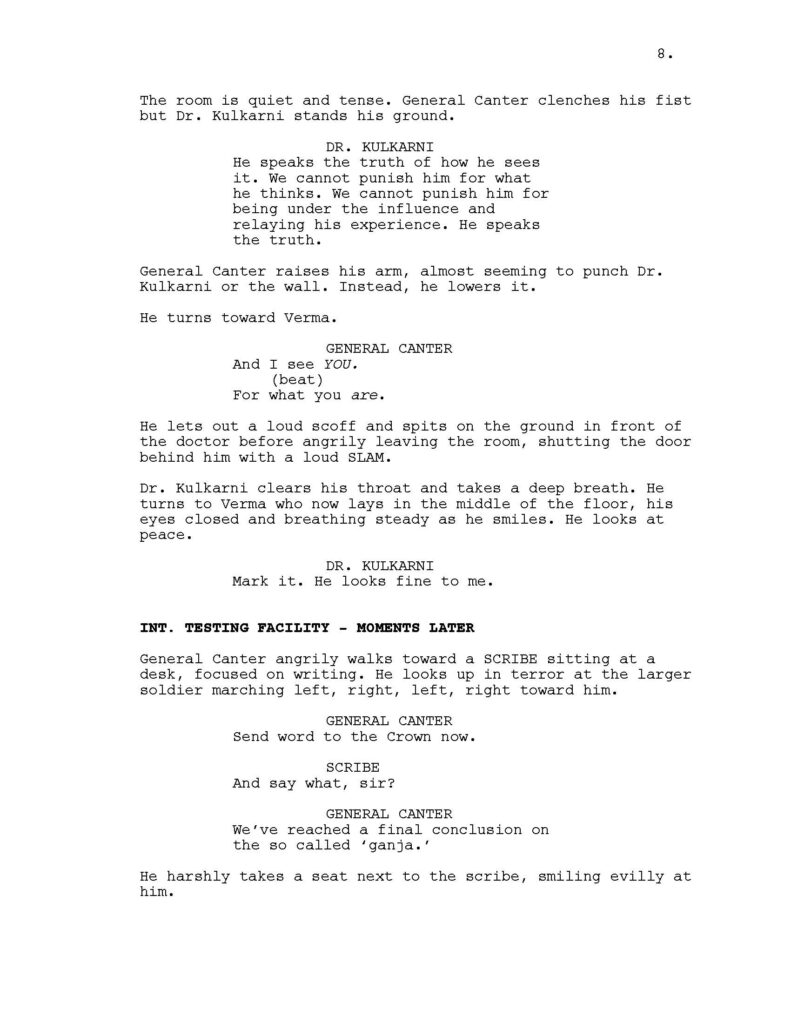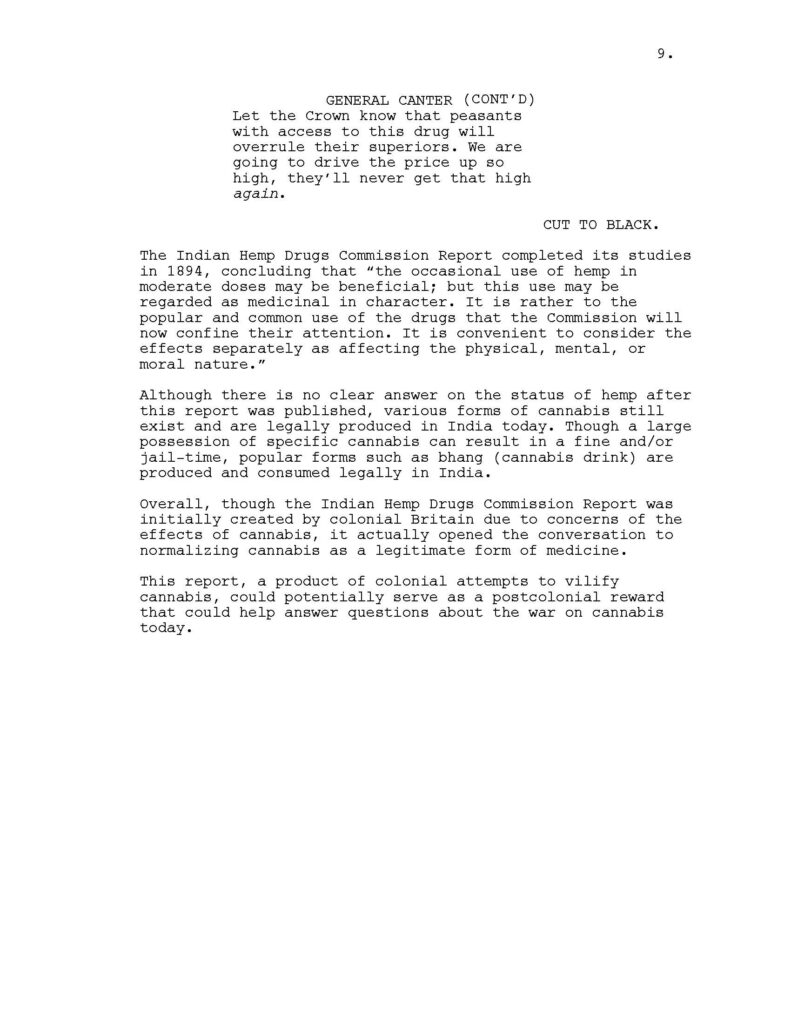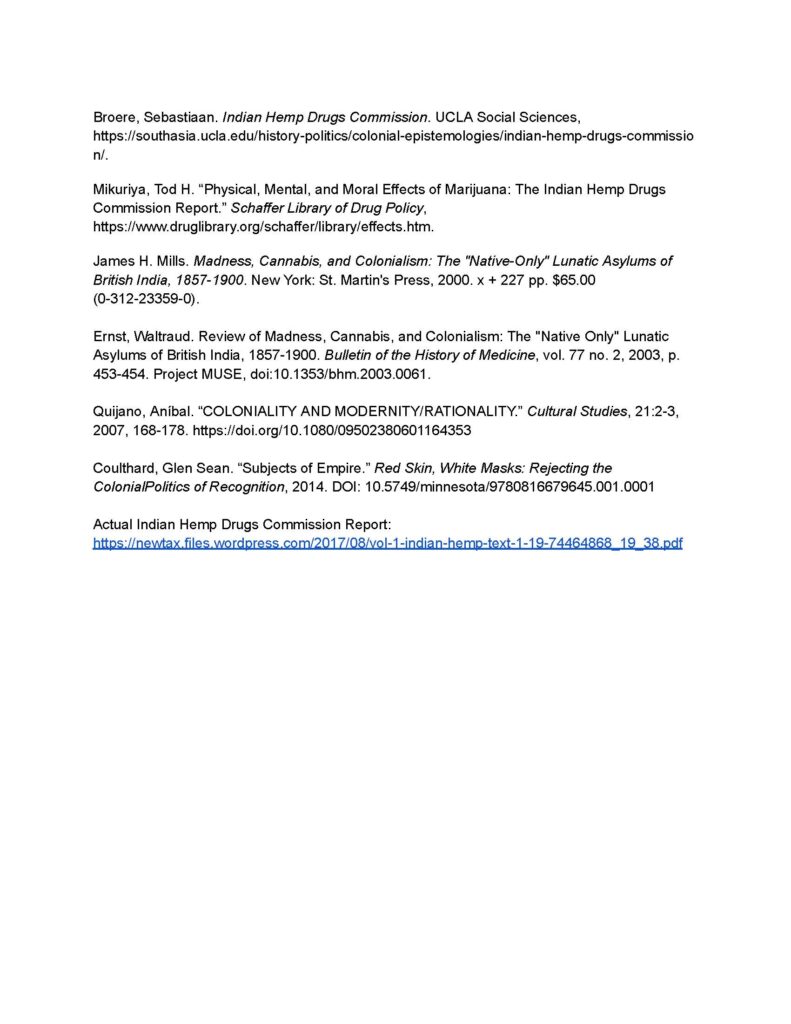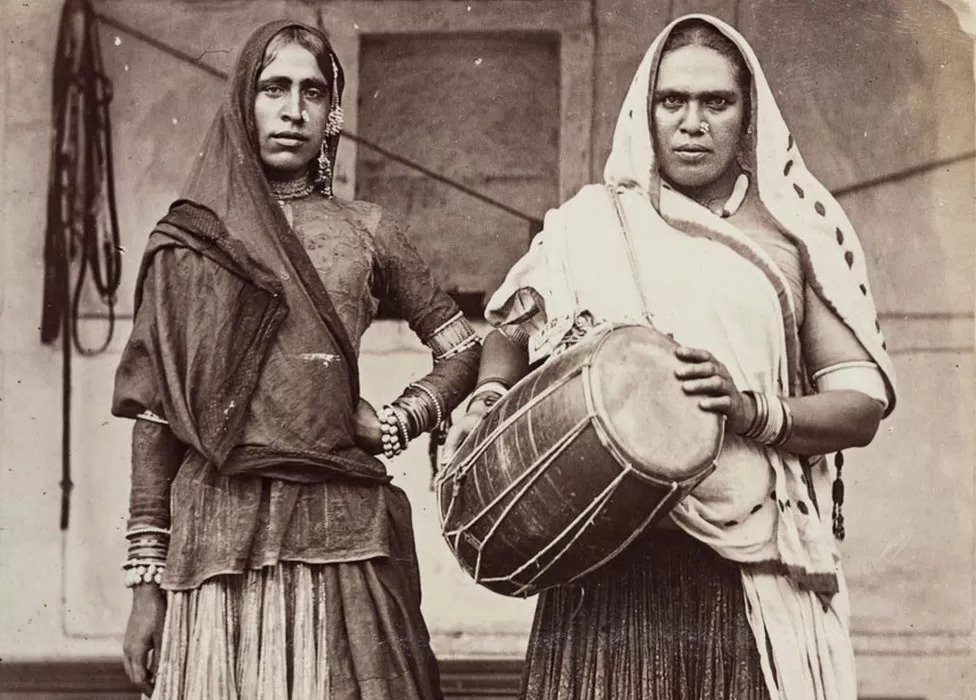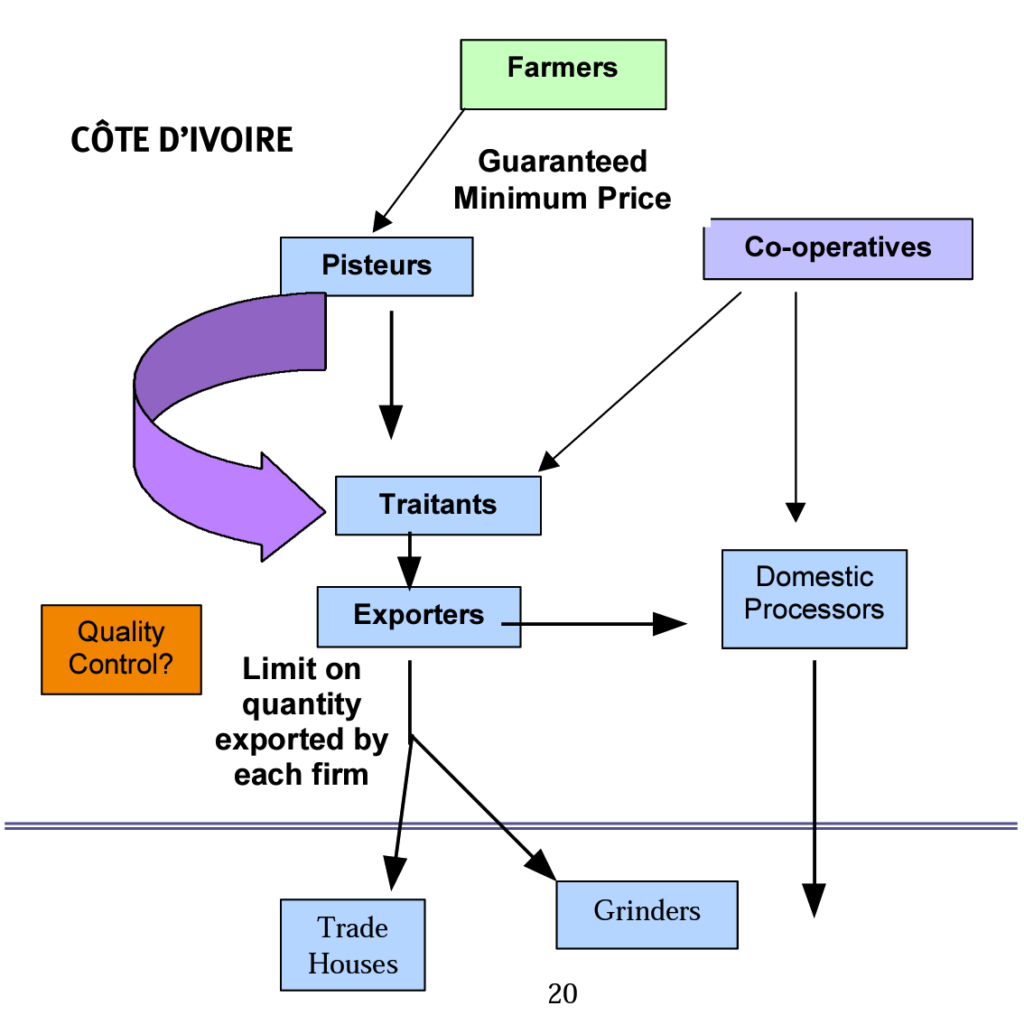By: Ahmed El-Halabi
Introduction
The Israeli-Palestinian conflict is an ongoing dispute that’s been going on since the end of World War II and is one of the longest conflicts to happen around the world. Despite numerous attempts to establish peace in the region, the conflict isn’t going anywhere, and it’s hard to see when it could end. Despite the deployment of the oldest peacekeeping operation by the United Nations in 1948 and the United States’ attempt to organize peace, a lasting solution has not been found. The seriousness of the situation, rooted in over 2000 years of history and disputed land control, makes it a challenging issue to resolve. Both Jews and Arab Muslims claim historical rights to the territory, furthering the conflict from any sort of peace.
This essay will explore the idea of postcolonialism and how the BDS movement can be analyzed in promoting a more equitable and authentic postcolonial future for Palestine and Israel. This essay examines the Palestine-Israel conflict through the lens of postcolonialism, utilizing Orientalism and postcolonialism theories from authors Edward Said and Frantz Fanon’s works, “Orientalism” and “The Wretched of the Earth”. By applying these concepts, the essay seeks to evaluate the effectiveness of the BDS movement in promoting a more equitable and authentic postcolonial future for Palestine and Israel. To achieve this, the essay analyzes the movement’s success in raising global awareness, challenging Israel’s legitimacy, and fostering communication and cooperation between Palestinian and Israeli activists.
Understanding Post-Colonialism
Postcolonialism emerged in response to the long-lasting effects of colonialism, seeking to examine and mitigate its influence on modern society. Through Edward Said’s book, “Orientalism,” he supports this claim that postcolonialism emerged as a necessary response to the ongoing effects of colonialism (Said, 1978, p. 3). Postcolonialism challenges colonialism’s entrenched influence and aims to amplify the voices of those marginalized and oppressed by it. While analyzing how colonialism imposed Western values and systems of governance, leading to the subordination and exclusion of native cultures and knowledge systems. Said highlights the importance of examining the ways in which colonialism has influenced cultures, communities, and power structures, and the need to challenge the pervasive influence of colonialism on contemporary society (Said, 1978, p. 2). Overall, it is a vital area of research that aims to challenge and undermine the persistent legacy of colonialism and promote a more equitable society. He emphasizes the significance of challenging the dominant narratives and viewpoints that colonialism produced in addition to pointing out that colonialism produced unequal power arrangements between colonizers and colonized people. (Said, 1978, p. 8).
Said’s work emphasizes the importance of recognizing and amplifying the voices of those who have been marginalized and oppressed by colonialism (Said, 1978, p. 5). Said’s work remains a critical intervention into ongoing discussions around postcolonialism, highlighting the effects of colonialism on countries and cultures while questioning the ongoing legacy of colonialism. We may work towards a more equal society by recognizing these impacts and providing an outlet for minority views to be heard. (Said, 1978, p. 13).
Brief History of Palestine and Israel
The Israeli-Palestinian conflict is a protracted and intricate disagreement over who has governmental and territorial control over Palestine. When Jewish immigration to Palestine expanded in the early 20th century, tensions within Arab populations began (BBC News, 2021). Following Israel’s declaration of independence in 1948, thousands of Palestinian refugees were uprooted because of the Arab-Israeli War (BBC News, 2021). Despite several attempts at negotiation and ceasefires, the conflict has lasted for decades without ending. The establishment of a Palestinian state, the rights of Palestinian refugees, and the status of Jerusalem are the primary issues at the center of the conflict (BBC News, 2021). Palestinians contend that Israel’s continuous occupation of Palestinian areas violates international law and prevents them from being independent and exercising their right to self-determination (Amnesty International, 2021). As a result, this has caused suffering for both Palestinians and Israelis, with numerous displacements of civilians. The international community has called for peaceful resolutions to the conflict, specifically, proposing a two-state solution that would establish a Palestinian state alongside Israel (United Nations, 2021). However, achieving this peace agreement remains a challenge.
Israelis and Palestinians are living in fear and insecurity in the area as a result of the prolonged conflict. The conflict has also had wider geopolitical repercussions due to regional and international countries getting involved and using it to further their own objectives. Numerous efforts have been undertaken to promote dialogue and understanding between Israelis and Palestinians, despite the challenges and complexity of the situation. Individual activists, movements, and non-governmental organizations have all worked to improve rapprochement and peace, typically through initiatives that emphasize forging connections between the two communities and fostering mutual respect. Despite the slow progress, these initiatives have demonstrated that a peaceful resolution to the issue is still possible.
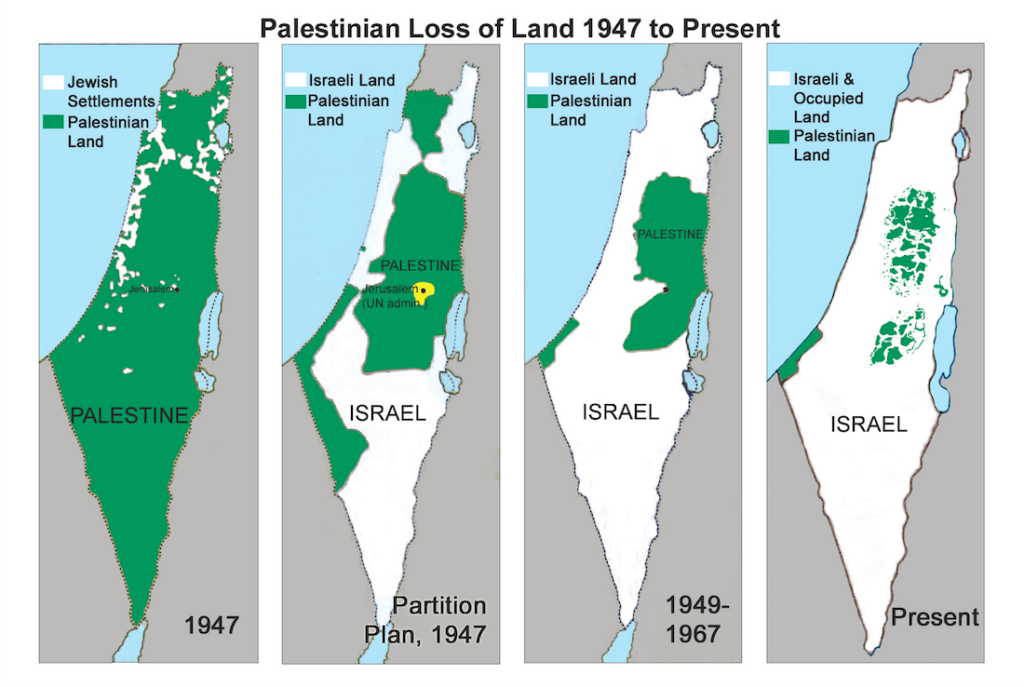
Boycott, Divestment, and Sanctions (BDS) Movement
In reaction to the traditional diplomatic and negotiating methods’ failure to end the ongoing conflict between Palestine and Israel, the BDS movement was born in 2005. The movement’s proponents contend that Israel’s treatment of the Palestinians constitutes a violation of international law and human rights and that the international community must hold Israel accountable. Some people have opposed and criticized the BDS movement, claiming that it unfairly targets Israel and has antisemitic undertones. However, supporters of the movement insist that it is an acceptable, peaceful method of protest and that critiquing Israeli policies need not always be antisemitic.

Overview of postcolonial theory and its Application to Palestine and Israel
The postcolonial theory offers an insightful lens through which to analyze the conflict between Palestine and Israel, given its focus on the legacy of colonialism and its impacts on societies and cultures. By examining the historical context of the Zionist settlement in Palestine, a postcolonial framework can help understand the ways in which the conflict has been shaped by power dynamics and the imposition of Western values and beliefs on the region. Frantz Fanon’s “The Wretched of the Earth” provides important insights into the impacts of colonialism on societies and cultures. Fanon notes that “The colonial world is a world divided into compartments” and “The colonial world is a Manichean world.” (Fanon, 1961, p. 2) This division perpetuates unequal power relations, with the settler’s world being a “world without spaciousness.” (Fanon, 1961, p. 3) Furthermore, Fanon argues that the violence of colonialism is a central aspect of the conflict, stating that “The violence which has ruled over the ordering of the colonial world…that same violence will be claimed and taken over by the native at the moment when deciding to embody history in his own person, he surges into the forbidden quarters.” (Fanon, 1961, p. 35) Thus, a postcolonial framework can help raise awareness about the complex historical and cultural factors that underlie the Palestine-Israel conflict and work towards a more just and equitable resolution. Furthermore, postcolonial theory can highlight how the continued influence of colonialism on the conflict reinforces unequal power relations and perpetuates injustices against Palestinians. Through postcolonial theory, activists can raise awareness about the complex historical and cultural factors that underlie the conflict and work towards a more just and fair resolution.
Significance of the BDS movement
The Boycott, Divestment, and Sanctions (BDS) movement has gained widespread attention as a movement advocating for Palestinian rights. According to the BDS National Committee, the movement’s goals include “ending Israel’s occupation and colonization of all Arab lands,” “recognizing the fundamental rights of the Arab-Palestinian citizens of Israel,” and “respecting, protecting and promoting the rights of Palestinian refugees to return to their homes and properties” (BDS National Committee, n.d.). These objectives have created much discussion among scholars, who have also examined the movement’s nonviolent strategies, including as boycotts and divestments, and their effects on Israeli society and politics as well as on how the world perceives Israel (Human Rights Watch, 2021).
The BDS movement’s founding principles are founded on the fundamental rights of the Palestinian people and seek to address the conflict’s underlying causes. The three guiding principles are listed on the website of the BDS National Committee as ending the Israeli occupation of Palestinian territories, recognizing the fundamental rights of Arab-Palestinian Israeli citizens, and respecting, promoting, and defending the rights of Palestinian refugees to return to their homes and property (BDS National Committee, n.d.). Scholars have debated the movement’s demands extensively, looking at its nonviolent strategies like boycotts, divestments, and sanctions as well as how they have affected Israeli politics and society as well as how the rest of the world views the conflict.
The BDS movement has faced allegations of anti-Semitic views and bias against Israel, leading to controversy and debate (Human Rights Watch, 2021). However, the movement continues to advocate for Palestinian rights and pressuring Israel to change its policies. Similarly, Amnesty International (2021) acknowledges the criticism but emphasizes that the movement’s three core principles reflect the longstanding grievances of the Palestinian people and seek to address the root causes of the conflict. While supporters of the BDS movement argue that sanctions, boycotts, and divestment are required to address the injustice of the Palestinian people, those opposed assert that the movement is biased and unfairly targets Israeli citizens and businesses (Middle East Monitor, 2021). The BDS movement continues to play a vital role in the conflict for Palestinian rights despite the controversies.
Israeli violations of international law in the occupied Palestinian territories
Israeli violations of international law have had a profound impact on Palestinian communities, particularly those living in the occupied territories. The construction of Israeli settlements on Palestinian land has led to the displacement of thousands of Palestinians from their homes, while the demolition of Palestinian homes and infrastructure has left many without access to basic services such as water and electricity. Sources, Amnesty International and Human Rights Watch have harshly criticized Israel’s occupation of Palestinian territory for violating both international law and human rights. The establishment of Israeli settlements on Palestinian land is viewed as a violation of the Fourth Geneva Convention, which prevents an occupying army from moving its own population into the territory it occupies (Amnesty International, 2022). The demolition of their homes and infrastructure has left a large number of Palestinians homeless and cut off from necessities, such as water and electricity. (Human Rights Watch, 2021). The excessive force, which included the use of live ammunition, used to suppress Palestinian protesters has resulted in many deaths and injuries (Amnesty International, 2022). As a result, this has contributed to a culture of fear and insecurity in Palestinian communities. These policies have also had a significant economic impact, with restrictions on movement and trade making it difficult for Palestinians to access employment and essential goods and services.
In response, the BDS movement has been successful in putting Israel under pressure economically and politically to cease its occupation of Palestinian areas and offer Palestinians equal rights. The movement has also been successful in establishing communication and cooperation amongst activists on all sides of the conflict as well as raising awareness of the predicament of Palestinians. The BDS movement has remained active and expanded despite opposition and criticism from people and groups all around the world. The movement acts as a reminder that regular people can alter the world and make governments responsible for their deeds.

Implications for the future
The BDS movement has the potential to be a tremendous tool for the goal of justice and equality in Palestine and Israel. Nevertheless, it faces several challenges, including opposition from pro-Israel organizations and nations as well as sanctions that would have an impact on both Israelis and Palestinians. Because of this, it will be crucial to continuously evaluate and analyze the movement’s methods and objectives to guarantee sure it stays significant, effective, and based on the concepts of justice and equality. The BDS movement must serve as a beginning to a solution. This issue could be resolved by granting Palestine and Israel equal recognition. However, Israel must accomplish this without breaking any international laws.
The BDS movement has the potential to be a tremendous tool for the goal of justice and equality in Palestine and Israel. Nevertheless, it faces several challenges, including opposition from pro-Israel organizations and nations as well as sanctions that would have an impact on both Israelis and Palestinians. Because of this, it will be crucial to continuously evaluate and analyze the movement’s methods and objectives to guarantee sure it stays significant, effective, and based on the concepts of justice and equality. The BDS movement must serve as a beginning to a solution. This issue could be resolved by granting Palestine and Israel equal recognition. However, Israel must accomplish this without breaking any international laws.
Conclusion
It is important to acknowledge that the struggle for justice and equality requires a multifaceted approach that considers issues such as colonialism, nationalism, and power dynamics. The BDS movement is just one tool in this struggle, and it is not without limitations and challenges. Through continued analysis, dialogue, and collaboration, we can work towards a future that is more equitable and just for all people in the region. It is crucial to approach this issue with empathy, respect, and a willingness to listen and learn from all perspectives. The BDS movement has been successful in raising global awareness about the ongoing conflict between Palestine and Israel. The movement’s nonviolent tactics of boycotts have drawn attention to the human rights violations committed by the Israeli government against the Palestinian people, including the displacement of Palestinians, the construction of unjust settlements, and the restriction of movement. The movement has helped to educate people around the world about the history of the conflict, including the ongoing impact of colonialism and the struggle for Palestinian self-determination. The BDS movement has provided a platform for Palestinian and Israeli activists to come together and work towards a common goal of promoting human rights and justice. Although building alliances across political and social divides is difficult, the BDS movement has created a platform where Palestinian and Israeli activists can come together to talk and work towards common goals. This has the potential to create understanding and build bridges between the two groups.
By applying Orientalism and postcolonialism theories from Edward Said and Frantz Fanon’s works, “Orientalism” and “The Wretched of the Earth,” this essay has examined the effectiveness of the BDS movement in challenging Israel’s legitimacy while using communication and cooperation between Palestinian and Israeli activists. Although there have been criticisms of the BDS movement, it remains a vital initiative in promoting peaceful resolutions to the Israeli-Palestinian conflict by holding Israel accountable for violating international law and human rights. Ultimately, a peaceful resolution to the conflict is still possible, and individual activists, movements, and non-governmental organizations can help foster mutual respect and understanding between Israelis and Palestinians.
Bibliography:
Amnesty International. 2021. “Israel and Occupied Palestinian Territories 2020.” Accessed April 27, 2023. https://www.amnesty.org/en/countries/middle-east-and-north-africa/israel-and- occupied-palestinian-territories/report-israel-and-occupied-palestinian-territories/.
Amnesty International. 2015. “Israel: The Occupied Palestinian Territories and Israel.” Accessed April 27, 2023. https://www.amnesty.org/en/countries/middle-east-and-north- africa/israel-and-occupied-palestinian-territories/report-israel-and-occupied-palestinian- territories/.
Amnesty International. 2021. “Palestine: Everything You Need to Know about the Boycott, Divestment and Sanctions (BDS) Movement.” Accessed April 27, 2023. https://www.amnesty.org/en/what-we-do/campaigns/demand-dignity/palestine- everything-you-need-to-know-about-the-boycott-divestment-and-sanctions-bds- movement/.
BBC News. “Israel ramps up demolition of Palestinian homes in Jerusalem.” PBS NewsHour, July 23, 2019. https://www.pbs.org/newshour/world/israel-ramps-up-demolition-of-palestinian-homes-in-jerusalem.
BBC News. 2021. “Israel-Palestinian Conflict: What You Need to Know.” Accessed April 27, 2023. https://www.bbc.com/news/world-middle-east-11107739.
BDS National Committee. n.d. “What is BDS?” Accessed April 27, 2023. https://bdsmovement.net/what-is-bds.
Said, Edward W. Orientalism. New York: Vintage Books, 2003, 1-28.
Fanon, Frantz. The Wretched of the Earth. New York: Grove Press, 1963, 1-35.
Human Rights Watch. 2021. “Boycotts, Divestment, and Sanctions (BDS).” Accessed April 27, 2023. https://www.hrw.org/tag/boycotts-divestment-and-sanctions-bds.
If Americans Knew. “History of the Israeli-Palestinian Conflict.” If Americans Knew. Accessed April 27, 2023. https://ifamericansknew.org/history/.
Middle East Monitor. 2021. “BDS Movement.” Accessed April 27, 2023. https://www.middleeastmonitor.com/bds-movement/.
Schulman, Joshua. “BDS Movement Highlights Need to Restore Civil Discourse on Campuses.” Inside Higher Ed, April 1, 2016. https://www.insidehighered.com/views/2016/04/01/bds-movement-highlights-need-restore-civil-discourse-campuses-essay.
United Nations. 2021. “The Question of Palestine.” Accessed April 27, 2023. https://www.un.org/en/sections/issues-depth/question-palestine/.
